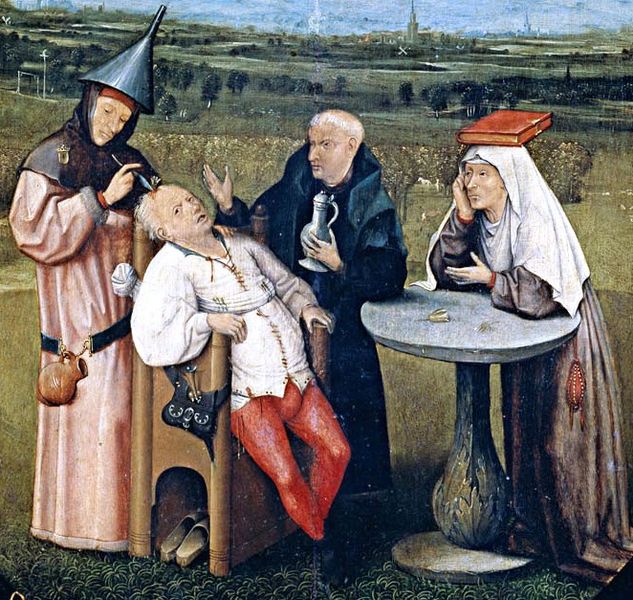What makes a city or town aesthetically pleasing? Places such as Prague, Florence and Santorini are famous for their picturesque cityscape. Instead of specific famous buildings or tourist spots, postcards from these areas could just show any part of the city and they would still be beautiful. What sets these places apart? How is it that despite all our technological development, modern cities can’t compare to the beauty of cities that are hundreds or thousands of years old?

Korean architect Yoo Hyun-Joon proposes a theory regarding two factors: material and shape. Consider the following matrix using the two:

Out of these four, the combination that we find the most beautiful is when a city has simple materials but complex shape. For example, Santorini is made only of stone buildings painted white and blue. But because it is built on a volcano, the ground is uneven and the building shapes differ to accommodate for this. Florence is almost entirely made of bricks. Traditional Korean houses were made only of wood. This is because in the old days, due to labour costs and poor logistics, cities were usually built with materials abundant in the surrounding area. Instead of varying materials, architects would challenge the limit of materials with varied shapes.
Nowadays, thanks to trade and globalisation, it is much easier to obtain materials from all over the world such as glass, concrete and steel. Furthermore, we can use industrial vehicles to change the terrain to flatten the ground and we use tall rectangular buildings to maximise space. Thus, we end up with the ugly, chaotic combination of many materials and simple shape.
The solution to making a beautiful city is simple then – create a building restriction that unifies the building material to one. A good example is Newbury Street in Boston, USA. This shopping district is famous for its classy red brick appearance, thanks to a building restriction that ensures every new shop built on the street must have the side of the building facing the street built using red bricks.
Of course, just unifying the building material to any one thing does not solve the issue. For example, cities made of only concrete rarely are as appealing. What is important is to use local materials that best represent the context of the city and the land it was built on.








